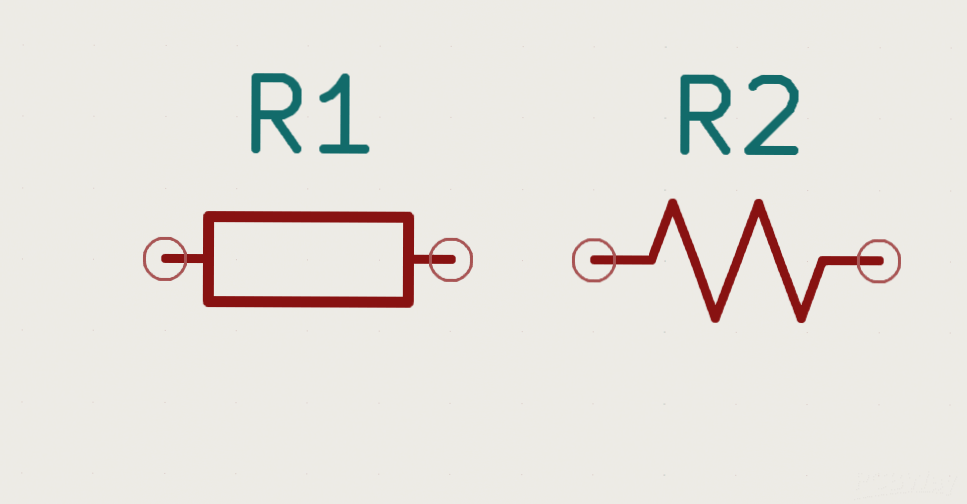Removing IC Chip from PCB: Effective Methods
When it comes to removing an IC chip from a PCB, it can be a challenging task due to the high level of integration and dense pin connections. However, there are several effective methods that can help with the process:
1. Multi-strand Copper-Tin Soldering Method
This method involves using multi-strand copper wire. By heating the copper strands with an electric soldering iron and using a rosin-alcohol solution, the solder can be drawn into the wire. With careful handling, the IC chip can be lifted from the PCB using a screwdriver or tweezers.

2. Growing Solder Ablation Assembly Method
This method involves assembling the manifold onto soldering needles and heating the pins until they detach. By rotating and heating the pins, they can be removed from the PCB with the help of tools like tweezers or a small screwdriver.
3. Electric Soldering Iron Brush Assembly Method
Using a soldering iron and a small brush, this method involves heating the solder pins until they melt and then cleaning away the molten solder to separate the manifold pins from the PCB. Tools like tweezers or a small screwdriver can be used to pry off the manifold.
4. Medical Hollow Needle Assembly Method
This method utilizes medical hollow needles to grasp and remove the manifold pins from the PCB. By quickly grabbing and rotating the electrodes, the pins can be separated from the assembly, allowing for re-execution if needed.
5. Common Soldering Assembly Method in PCB Factories
Widely used in PCB factories, this method involves using two electric soldering irons to connect to the manifold’s assembly pins. Once the solder is absorbed, the soldering needles can be safely removed, following professional standards.
If you require PCB manufacturing services, feel free to contact us.




